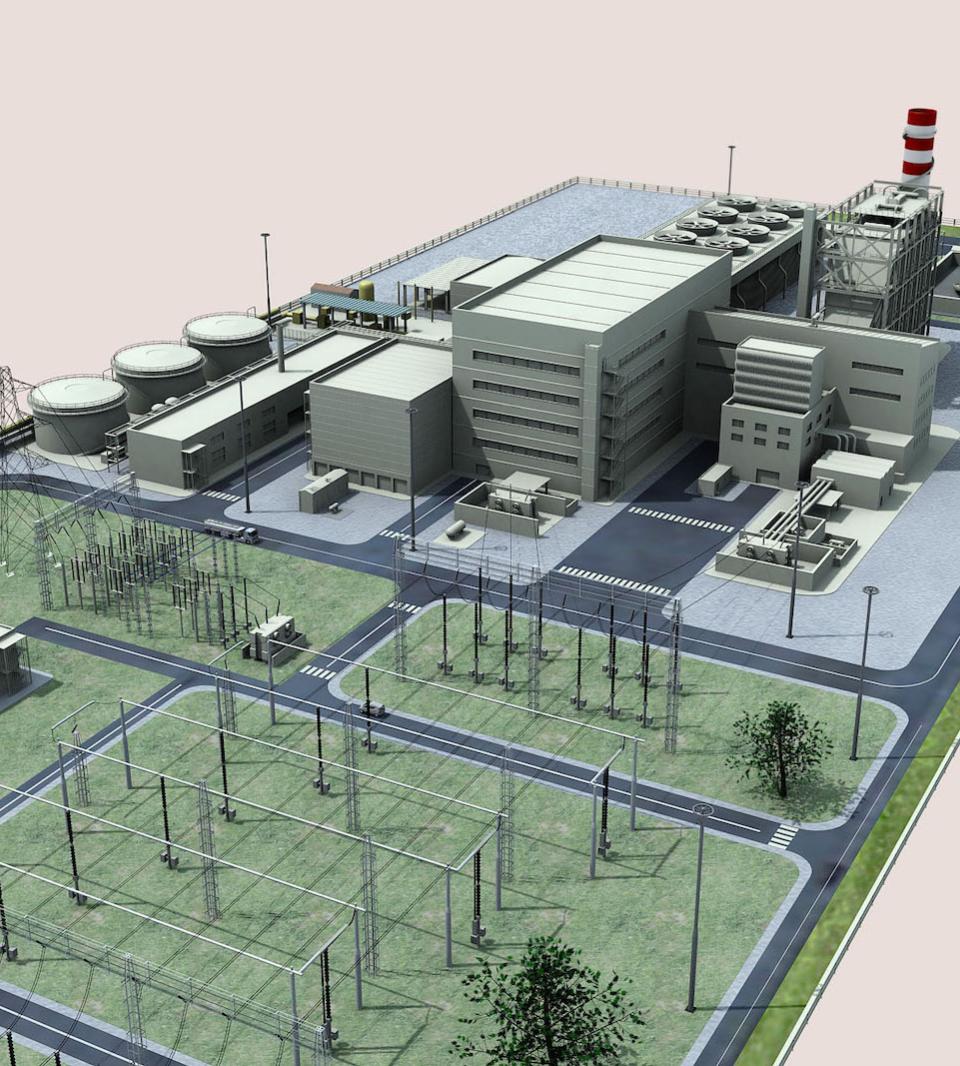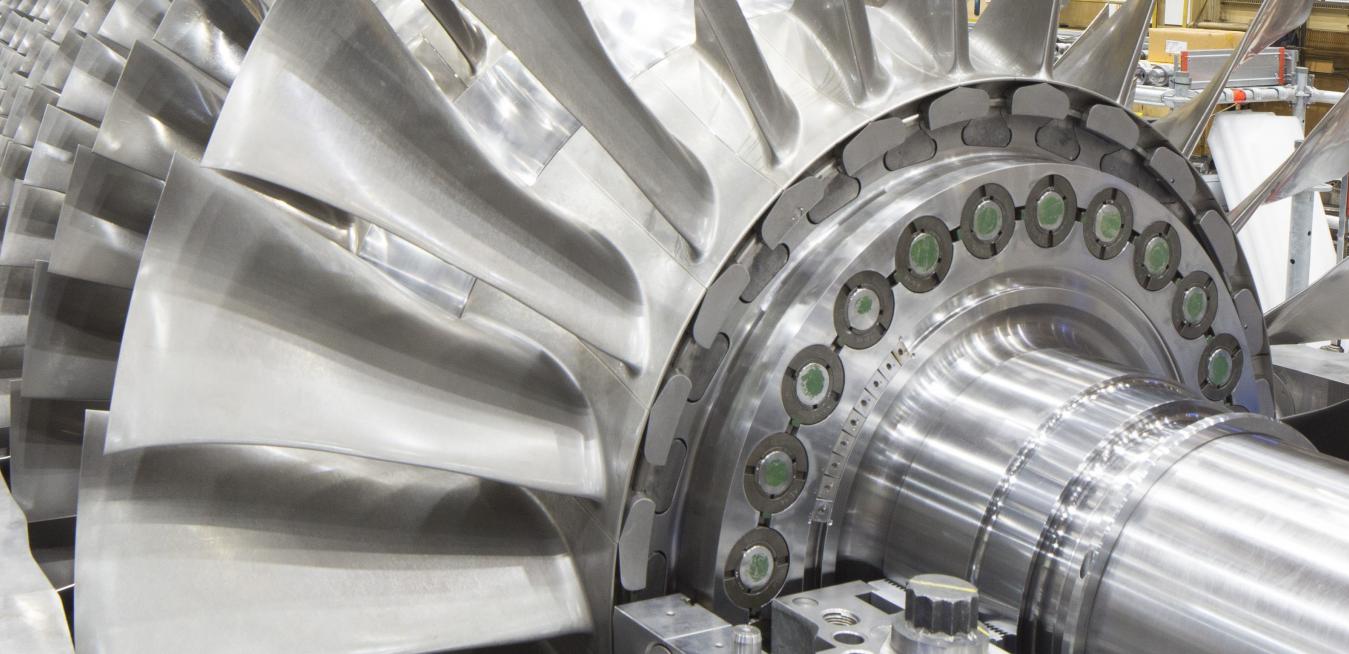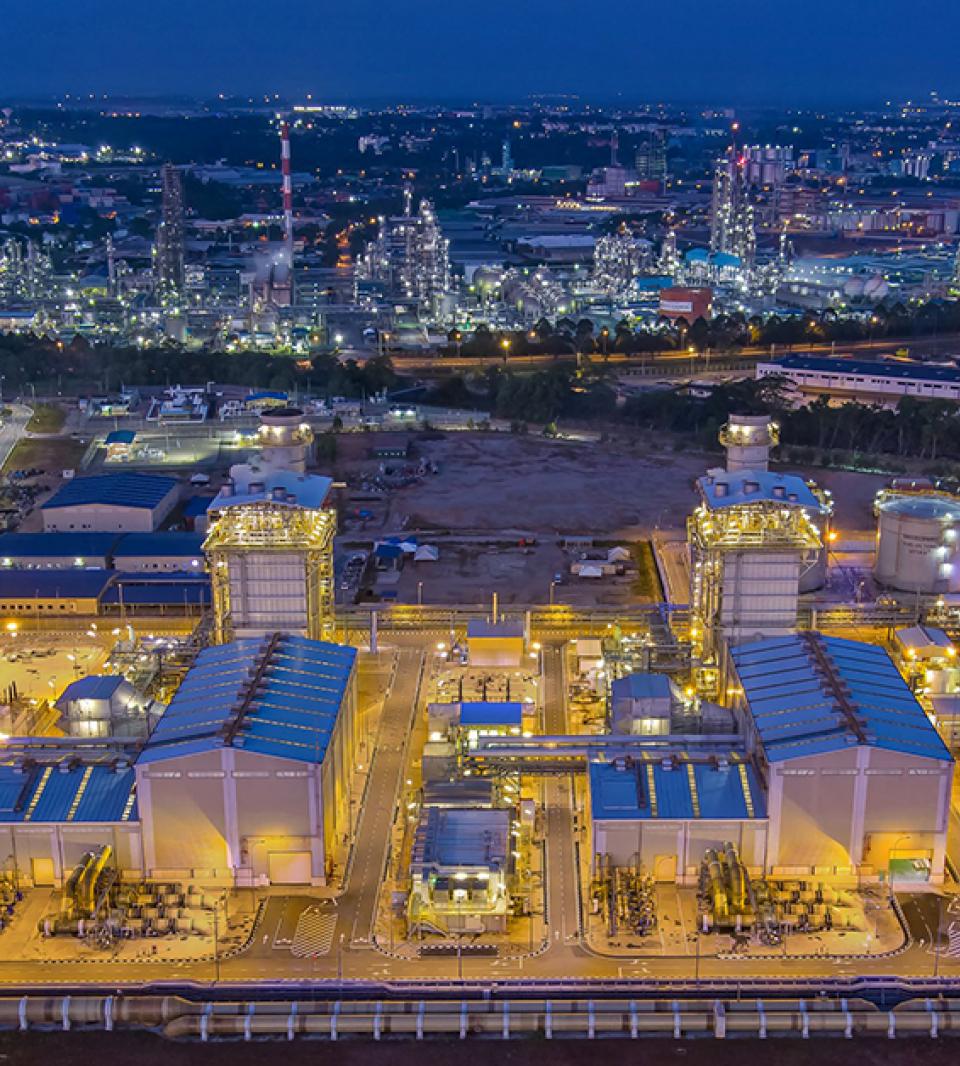China’s Zhoushan City archipelago, a sprawling collection of more than 1,390 islands about 100 miles south of Shanghai in the East China Sea, is a popular tourist destination, a center for commercial fishing, and home to half of one of the world’s busiest ports, the Port of Ningbo-Zhoushan. Now it’s also welcoming some of China’s most ambitious economic development projects. Government-backed efforts to establish new maritime industry development zones in Zhoushan are well underway, as are plans to rapidly expand the region’s hydrogen energy industry.
In the ongoing effort to reduce emissions, retire coal, and support the growth of renewables, countries around the world continue to choose high-efficiency natural gas to complement renewables and smooth the path to lower emissions. Take Greece, for example, a country that’s impressively built out wind and solar in recent years but still uses a good deal of coal and even oil in power generation.
Four years ago, Polish authorities were planning to construct what was to be possibly the last large coal-fired power plant in Europe. Workers had already laid the foundations and cooling towers, and coal boilers were selected for the 1,000-megawatt (MW) project in Ostroleka, a small city northeast of Warsaw.
Malaysia is not unlike other nations in Southeast Asia. Its population has tripled since 1970 and stands at 33 million today, while its GDP has grown nearly a hundredfold in that time. Growth is good, but keeping everyone’s light’s on while striving to cut carbon emissions and reduce air pollution requires some creative thinking.
Emerging economies in Asia face a dilemma. They need more electricity to power economic growth, but they also want to cut emissions from coal they have relied on for decades. Switching from coal to natural gas can reduce a power plant’s carbon footprint by as much as 60%, according to a recent report published by GE. Meanwhile, urban density and geography prevent them from choosing options like large-scale wind or solar farms.








